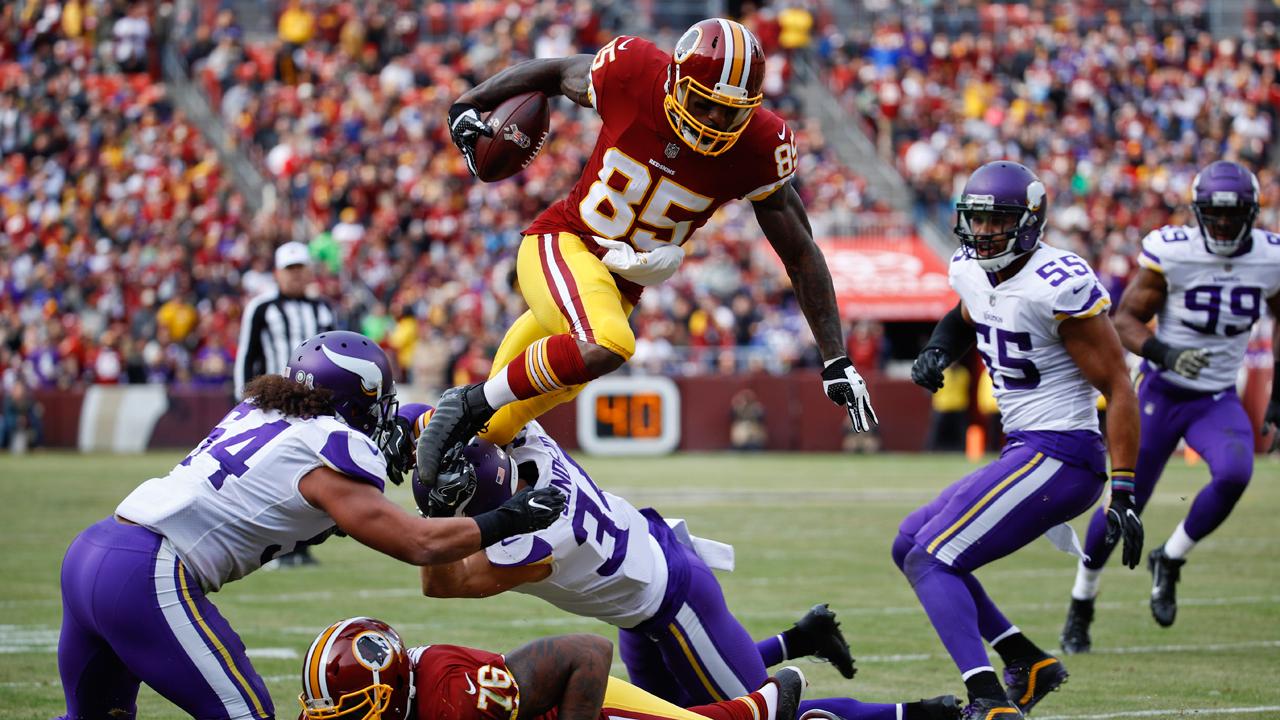Money behind college football bowl names like TaxSlayer Gator Bowl, explained
For years, corporate sponsorships of college football’s annual postseason bowl games have yielded names ranging from weird to downright silly, but the pricy deals tend to be a sound investment for companies looking to boost their profiles.
This year’s record slate of 43 bowl games includes eye-popping names such as the TaxSlayer Gator Bowl, the Cheez-It Bowl and the perennial fan favorite, the Bad Boy Mowers Gasparilla Bowl. Bowl game names are such a punchline among college football fans that some outlets have even memorialized their all-time favorites.
But for brands willing to deal with a few jokes – and write a hefty check – the games provide an opportunity to reach television audiences that regularly boast millions of viewers. The fact that most games occur in December, at the height of the holiday shopping season, only sweetens the deal, according to Jonathan Jensen, a sports marketing expert and professor at the University of North Carolina-Chapel Hill.
“For sponsors, many bowl games have evolved into made-for-TV events that are sure to deliver eyeballs and most importantly brand integration during the event itself, rather than exposure solely during commercials. This ensures the sponsoring brand is seen by consumers,” Jensen told FOX Business. “And the games continue to draw strong ratings, particularly compared to scripted TV and other sports, with bowl games routinely out-rating top college basketball games.”
Low-level college bowl games early in the postseason generally draw naming rights deals of $500,000 or less, according to data from Chicago-based marketing firm Navigate Research provided to USA Today, the more prestigious games can yield a much larger windfall. Top games, such as those in the four-team College Football Playoff, can draw investments of more than $20 million.
Total corporate spending on college football bowl game naming rights approached $100 million, according to a 2015 study in the Journal of Sports Economics, and the price demands have only expanded in recent years. While the games provide a chance for companies to showcase their brands and products to a large audience, there is some debate as to whether they directly benefit their bottom lines. The same study found that the naming rights deals had little effect on share prices of companies serving as title sponsors.
“From strictly a media perspective, typically the fees are worth the expense due to all the in-game logo detections, 30-second TV spots included and earned media from being associated with the game for a few months,” said Matt Balvanz, senior vice president of analytics at Navigate Research. “However, creating new customers is very difficult through just traditional media exposure, so the best way to drive real impact and new customers from bowl game sponsorships is to get creative with the messaging and the assets.”
A full breakdown of all of this year’s college football bowl games – and their corporate sponsors – can be viewed here, courtesy of ESPN.




















